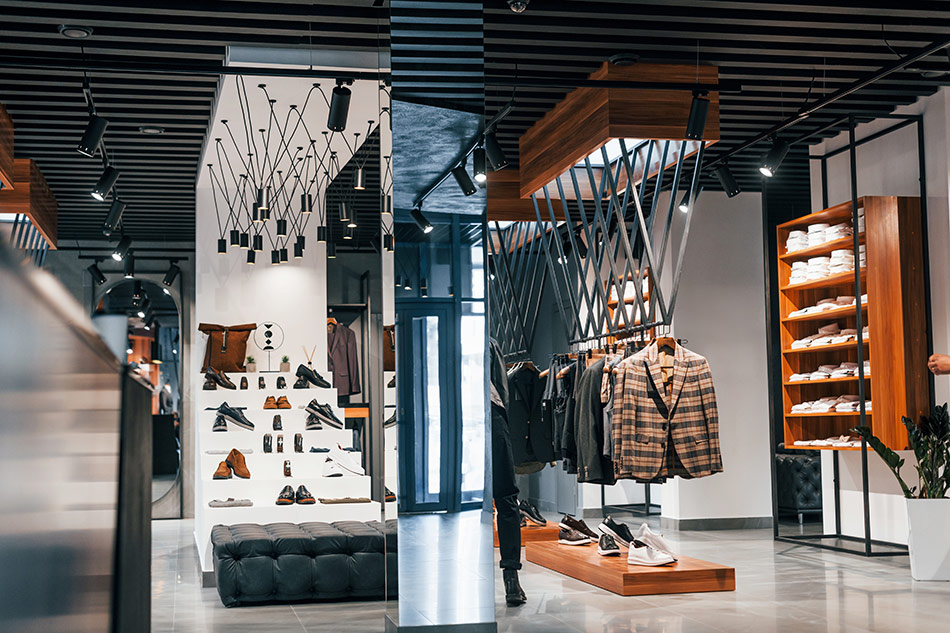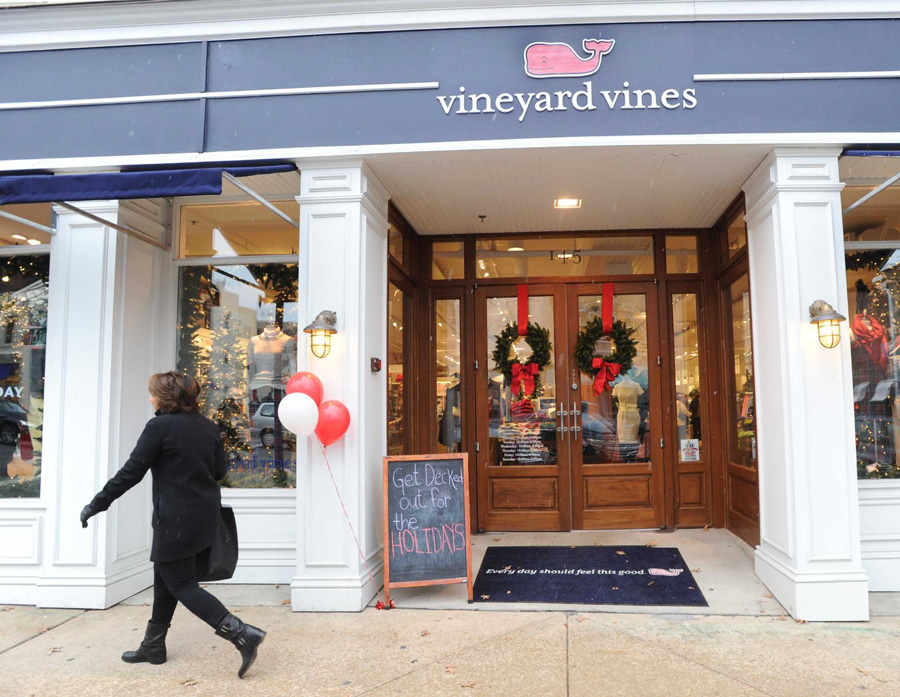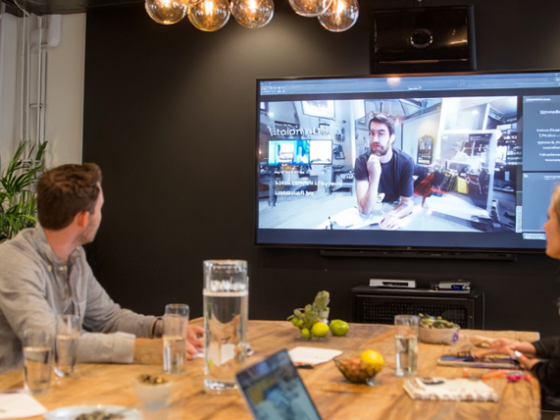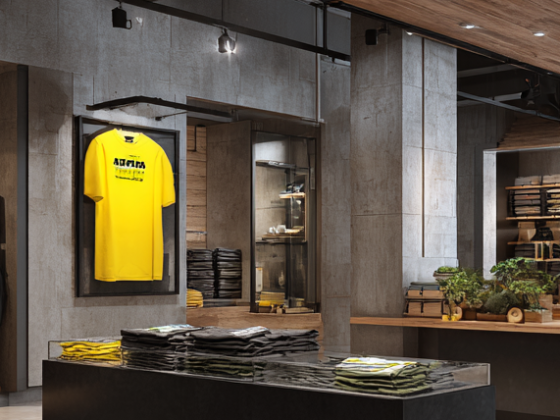Scaling: do it right and you win market share and brand equity; do it wrong and waste an enormous amount of resources and damage the brand. With such high stakes, it certainly would be nice to have a manual for this sort of thing. In the absence of a singular “right way” to scale, the retail strategy must come from the top.
As brands develop strategies for deliberate scaling, it is up to leaders to provide the vision and support to the scaling team. The strategy needs to be a living, breathing, evolving approach that is flexible enough to change in response to consumers and other industry shifts. Scaling is not – as evidenced by the struggles some brands have had with their approach – a one-and-done process.

Test, Learn, Adjust
Purposeful, deliberate scaling doesn’t just happen. It is the result of testing different markets, then adjusting the assortment, product mix, and operations based on what is learned. This method of expansion allows for customization without sacrificing brand integrity.
An openness to testing can lead to major successes and revelations. Home Depot has successfully and strategically scaled thanks to the leadership of its new CEO, Edward Decker. Decker has authorized testing of different store formats and different types of real estate to learn what works and how to scale effectively. His thoughtful approach has resulted in Home Depot being identified by Seeking Alpha as a “top-notch dividend growth idea.”
As we continue to explore retail strategy, it’s remarkable that no matter how much the retail industry changes, the need for strong leadership never does. Strong retail leadership is essential in developing a strategic approach to scaling a brand.

Take Smart Risks
The biggest lesson from Decker’s approach is that it includes implicit permission to fail. Experiment results are not guaranteed, so there must be an overarching message from retail leaders that it’s ok to test an idea, even if it doesn’t work out. Testing ideas allows retailers to see fallacies; sometimes, the outcome is far different than expected. That must be ok.
Deliberate scaling requires strong leaders who have a big vision for the brand—and can listen. Leaders who listen—to their teams, to their customers, to their colleagues—bring a level of open-mindedness about how, where, and when to enter a market. That open-minded approach lets them find the magic of retail; opening new locations comes with a variety of unanticipated challenges.
The Dos & Don’ts of Strategic Scaling
As we examine what works in today’s retail industry, there are good examples of what brands should do to scale deliberately, and examples of scaling fails that occur because of haphazard approaches.

The Dos
Vineyard Vines is a great case study of what brands can do to scale successfully. The leadership at Vineyard Vines is critical to its success. Brothers Shep and Ian Murray are hands-on founders, ensuring that when consumers walk into a store, they feel the EDSFTG (“Every Day Should Feel This Good”) lifestyle their brand embodies. The brothers have a clear vision of success for their brand, know exactly what their brand stands for and how to communicate it, and have a detailed understanding of their customer base.
The Murray brothers wanted to dominate their target market of suburban Boston market before expanding elsewhere. This start-small approach allowed them to expand thoughtfully while maintaining strict control of the brand. For Vineyard Vines, examining existing stores and lease agreements led to renegotiations that put money back in the company’s pockets to invest in smart expansion.
Partners for What's Next
If you’re exploring how to scale effectively, we welcome the chance to connect. From data-backed real estate strategy through experience design and store construction, we help brands win at retail.
The Don’ts
Even before the recent class-action suit against H&M, accusing them of misleading consumers about their sustainability practices, the company was struggling. H&M parent company CEO Karl-Johan Persson blames the retailer’s financial turmoil on “changes in customer behavior [in H&M’s physical stores], as well as “imbalances in certain aspects of the H&M brand’s assortment and composition (Forbes),” forcing it to close 170 stores. But that behavior change, along with the changes in the industry, offered indicators that, had H&M been more proactive and flexible it could have responded more quickly.

What About DTCs and Strategic Scaling?
As DTC brands lean into the retail landscape, they also must consider carefully how to scale their brands strategically. Thoughtful consideration of the why and how, combined with the right data to know where and when, becomes even more critical when attempting to scale the brand regionally or nationally.
Purple, a leading DTC brand, first tested pop-up stores before investing in more than 100 retail locations with goals to continue to scale their brand both with their own stores and through partnerships with furniture companies like Raymour & Flanigan.
In an interview with BedTimes Magazine, it’s clear that leadership plays a strong role in the success of the scale. CEO Joe Megibow recognizes the magic of having a product no one else has but everyone loves. “Purple has made a meaningful difference in [customers’] lives,” says Megibow. “Our job now is to scale the heck out of our operation so that we can meet rising demand and satisfy even more customers.”
“Purple has made a meaningful difference in [customers’] lives…Our job now is to scale the heck out of our operation so that we can meet rising demand and satisfy even more customers.”
So What Does Thoughtful, Strategic Scaling Look Like?
In an interview with Inc. Magazine, co-author of Scaling Up Excellence: Getting to More Without Settling for Less Robert Sutton, explains, “Companies grow well and scale badly when they focus on running up the numbers, but not the quality. They get bigger and start to look like just any organization. And there goes the value.”
The author reminds brands that scaling is about more than growth, advising brands “to spread not just a ‘footprint’—their geographic and market presence—but also a ‘mindset’—the deeply ingrained beliefs and behaviors of their people.”
Thoughtful, strategic scaling may look different for each brand. What worked two years ago will not work today. Retailers need to meet customers where they want to be. Growth, without a strategic scaling strategy, can result in the dilution of the brand and a homogenous feel.
However, when done properly, strategic scaling starts with the right data—data that is relevant to the brand, its existing locations, its customers, and its goals. The market changes so much that up-to-date analysis, in-depth insight about customers by market, and flexibility are all crucial.




